Thoughts on Xenoblade Chronicles
After playing all of the Xenoblade Chronicles games (minus X, left languishing on the Wii U), I wanted to talk about my general impressions. This is by no means a review, it’s just my personal feelings on this franchise. Also, I didn’t play them in order, so this article is laid out in the way I experienced them, which may’ve affected my reception/understanding of them.
Note: This article contains very minor spoilers for all Xenoblade Chronicles titles.
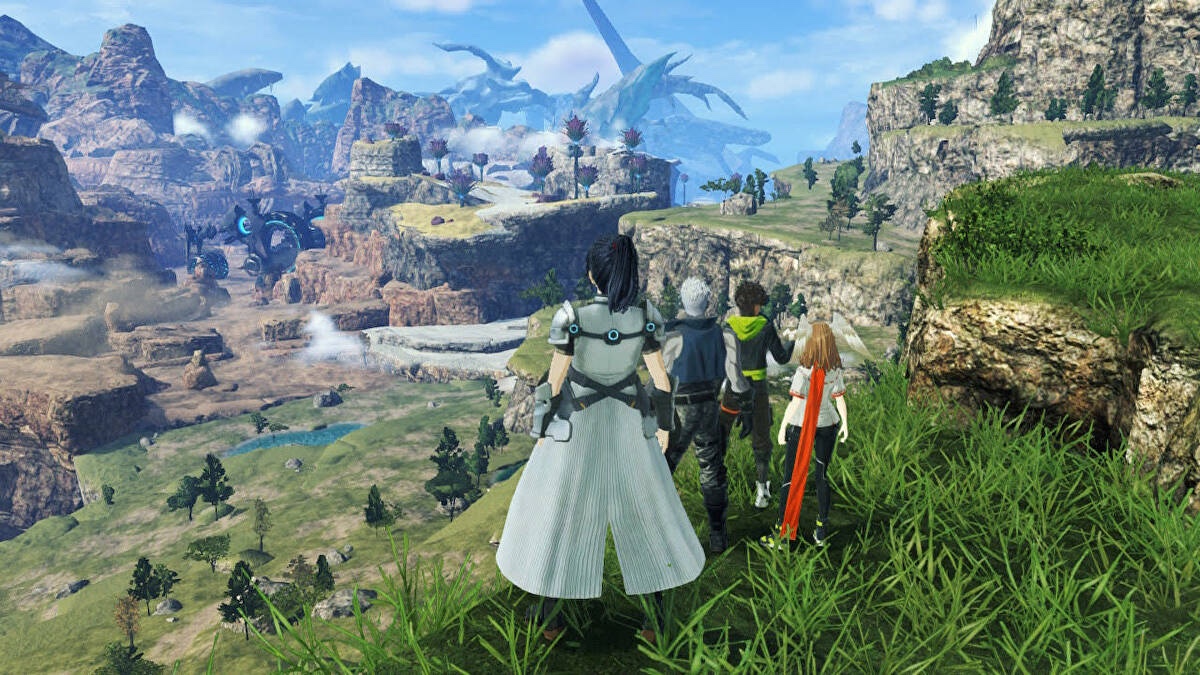
Xenoblade Chronicles 2
Xenoblade Chronicles 2 was the first game in the series I actually played, as it was a year one release on the Nintendo Switch, and I was looking for some good RPGs to play. I picked this game because while I didn’t play the first in the series on the Wii, I was familiar with Tetsuya Takahashi’s work from the Xenosaga series on the PS2. I was hoping for the same kind of meaty, opaque JRPG story that I could immerse myself in.
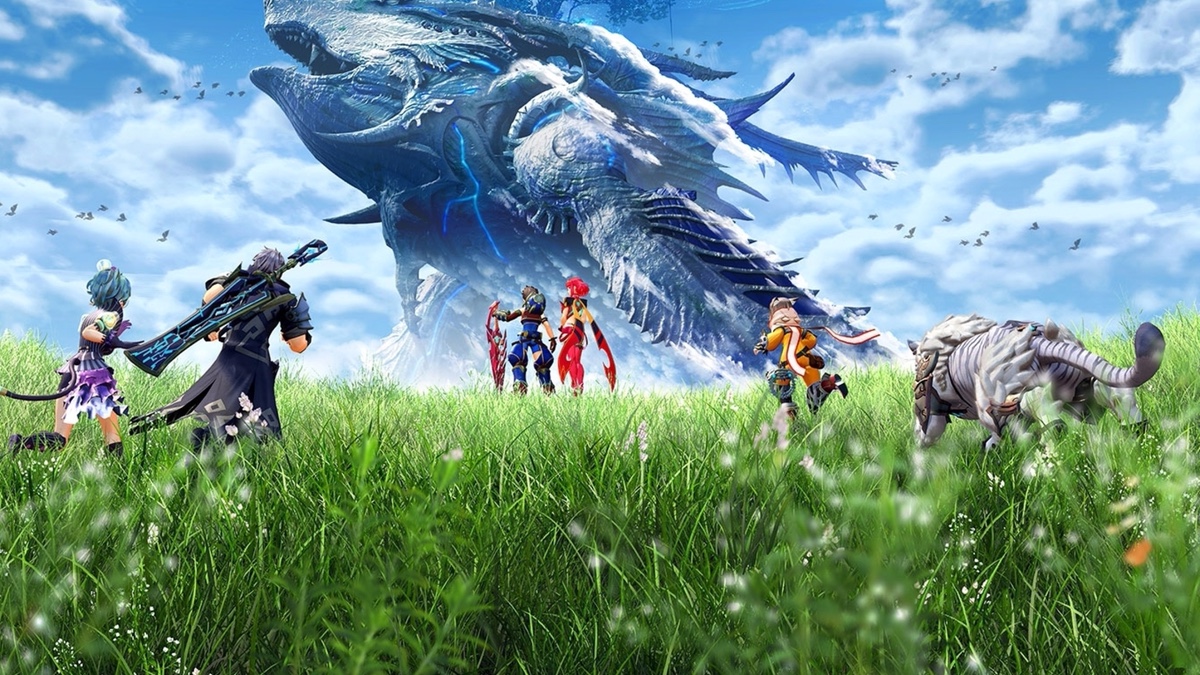
World-building was immediately interesting to me; there were definitely some unusual ideas that didn’t fit the standard tropes. (Pepople living on beasts the size of continents? Sign me up!) I was also intrigued by the system where “Drivers” (adventurer/mercenary) could have multiple “Blades” (synthetic companions) that assisted them in combat and served as their weapon.
However, I bounced off of this game pretty quickly (for an RPG), only putting in maybe 10 or 15 hours before I set it aside. The first reason was the combat. XC2 had a vaguely action-like combat where you input commands repeatedly that are on a cooldown, not too dissimilar from the ATB combat of Final Fantasy titles. However, it had a lot of more complex elements with chain combos that quickly got overwhelming.
Second, and the larger contributor, was that Rex, the main character, was just insufferable. He was the most vanilla, self-righteous anime protagonist of a character, and I hated him every time he opened his mouth to say something stupid and naive. I couldn’t stand having him as the face of the party.
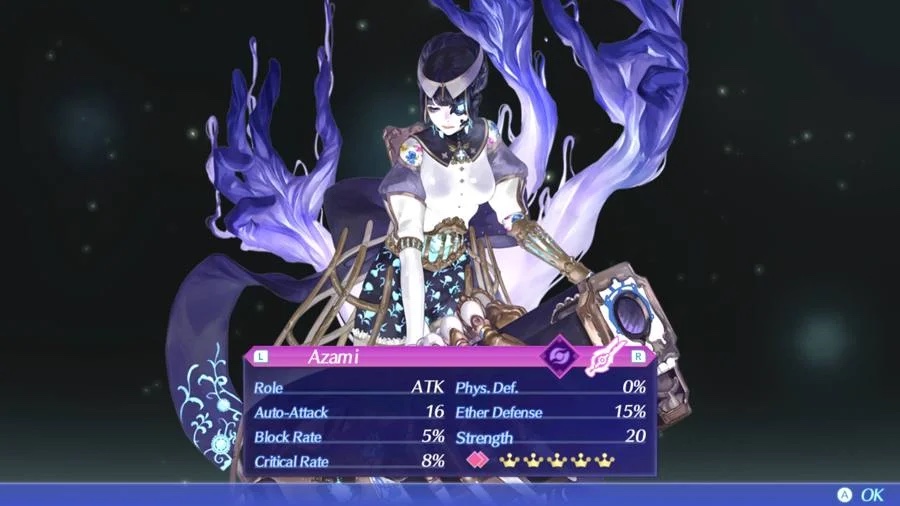
Azami, one of many rare Blades to acquire through random pulls
Another minor gripe was the acquistion of Blades. It was essentially a gacha system, which felt icky in a paid AAA title. You got some primary Blades for your party members as part of the story, that were fully fleshed out characters in their own right. But you could also supplement them with pulls from “core crystals” of different rarity, some of which were rare Blades with over-the-top character designs and unique personalities, but 99% of the time you’d get a faceless common variety that was basically fodder for other systems in the game.
Xenoblade Chronicles 2: Torna the Golden Country
Torna the Golden Country is a bit of a weird one. Released a year after XC2, it’s actually a prequel to that game, and it’s also much shorter, feeling like a bit of a side story that was built from the technical skeleton of its predecessor. It almost feels like it should be DLC for the other game, but it’s a bit too long and has little direct connection to the characters of that story. Despite my experience with XC2, on a whim I decided to give this one a try, and suprisingly I stuck with it and completed it.
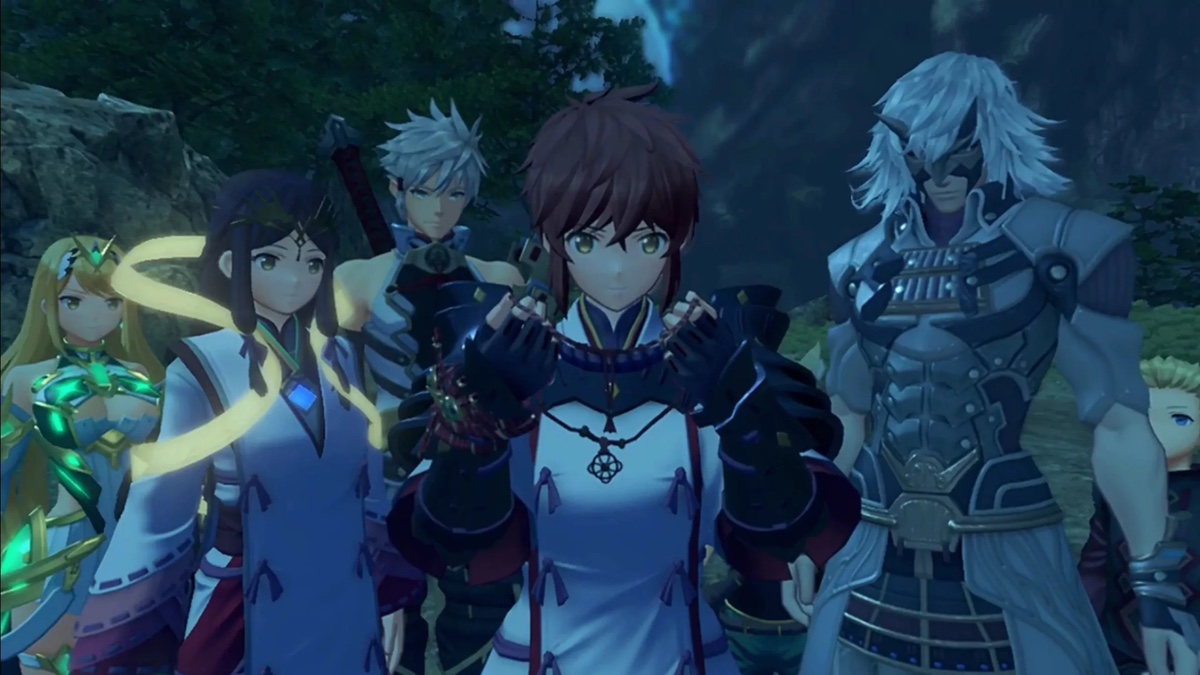
Despite not having completed XC2, I was able to understand the story Torna of just fine. And while it did contain a couple of spoilers for things that I would eventually learn through finishing XC2, I don’t think playing it first ruined its counterpart at all. Overall, I had an enjoyable experience with this game. Lora being a more down-to-earth and relatable protagonist helped a lot (and while she was an archetypical hero, she wasn’t the insufferable do-gooder that Rex wanted to be).
While I don’t understand the systems deeply enough to explain all the differences, I felt more comfortable with the combat in this game and gained competency with it a lot quicker than XC2. There are definitely a lot less options and experimentation required, which I think helped me ease into this style of game better.
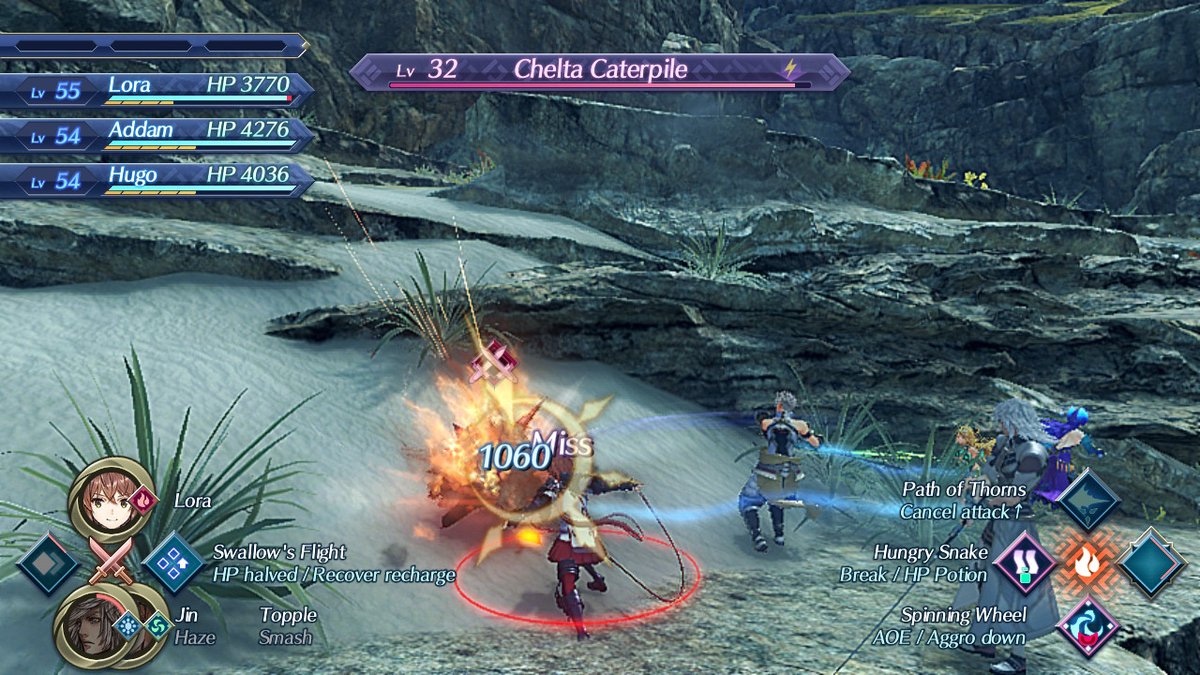
Also the gacha system for the Blades is gone here—you just have a few set Blades in your party, which feels a bit better because I wasn’t as worried about specific party composition, or burning through core crystals trying to get the last few elusive rare Blades. The story can stay focused on your primary Blades as real teammates and treat them like any other character in the narrative.
Overall, I think if you’re looking for a good entry point to the whole series, you couldn’t go wrong with this game. It’s not as much of a time commitment or as complex as the other games, the story is every bit as good, and the characters are quite likeable.
Xenoblade Chronicles: Definitive Edition
The original Xenoblade Chronicles came out on Wii way back in 2010, a console I never owned personally. Thankfully, Nintendo saw fit to give it new life with a remaster/update on the Switch in 2020. Like a lot of impulse purchases, I decided to buy it when it came out, but it sat on my shelf for two years until the third entry was announced. That was when I decided to finally finish this trilogy last year.
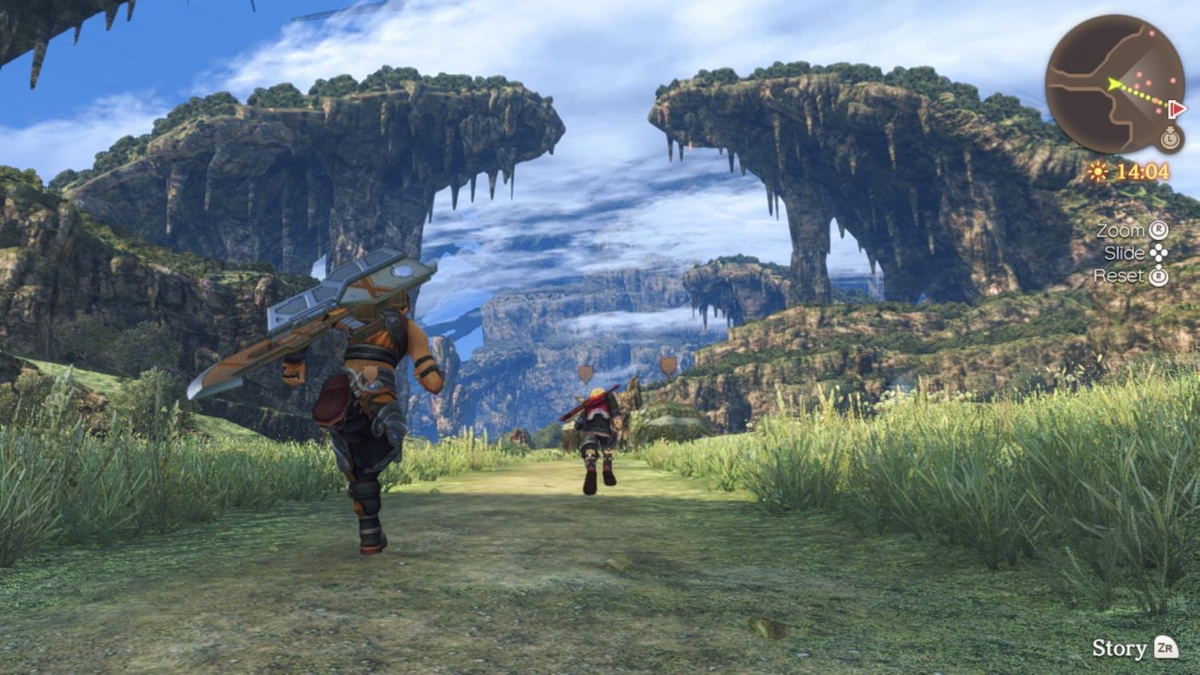
I haven’t mentioned it yet, but the first thing you’ll notice in any of these games is the absolutely massive outdoor areas. And then, you realize that this was first running on the Wii and now the Switch of all consoles. I have no idea how they pulled this off technically, but these are some of the best open worlds I’ve seen in any games. I find it surprising how much better they look than Breath of the Wild and especially Pokémon Scarlet/Violet, despite all the studios involved having at least partial ownership by the same parent company. Monolithsoft needs to share their secrets around.
I think the strongest part of XC1 is the characters: Shulk, the main protagonist, is immediately endearing (especially when compared to Rex), as is his relationship with childhood friends and fellow party members Reyn and Fiora. In JRPG fashion, along the way you pick up other characters who are also pretty good and have their own stories for you to explore.
Like Torna, this game has simpler combat than XC2, though it’s still very much in the same style and feels in line with the other titles. If there’s a downside to it, not far into the game Shulk gets the Monado, an iconic weapon with its own suite of special attacks. Its features become integral to combat strategy throughout the game, and it tends to feel a bit OP compared to what other characters can do. There’s also a lot more micromanagement of gear in this game compared to the others, which some may see as a plus if you like to tweak every item slot in your party, but I tend to find that tedious.
Overall this game is deserving of all the praise it received. I enjoyed it from beginning to end, and in usual JRPG fashion, the story gets really weird towards the end and basically sees you off to go kill the god of this world. I think for JRPG purists there’s a lot to enjoy here, even if the combat feels non-traditional.
A note about side content
One thing I’d like to point out that’s a weakness of the series (in my opinion) is its approach to side quests and other optional content. In XC1, XC2, and Torna, there are towns/settlements that you can grow your affinity with by completing side quests. Unfortunately the quests are mostly banal, a lot of “go get me 3 beetle butts” kind of thing, with rare gems that actually have some meaningful impact. For example, each of the rare Blades in XC2 have great side stories that you can do, but those are a rare exception. Additionally, growing each of these towns has little payoff other than to unlock a few additional items. After a few early quests seemed more like busy work, I largely started ignoring them.
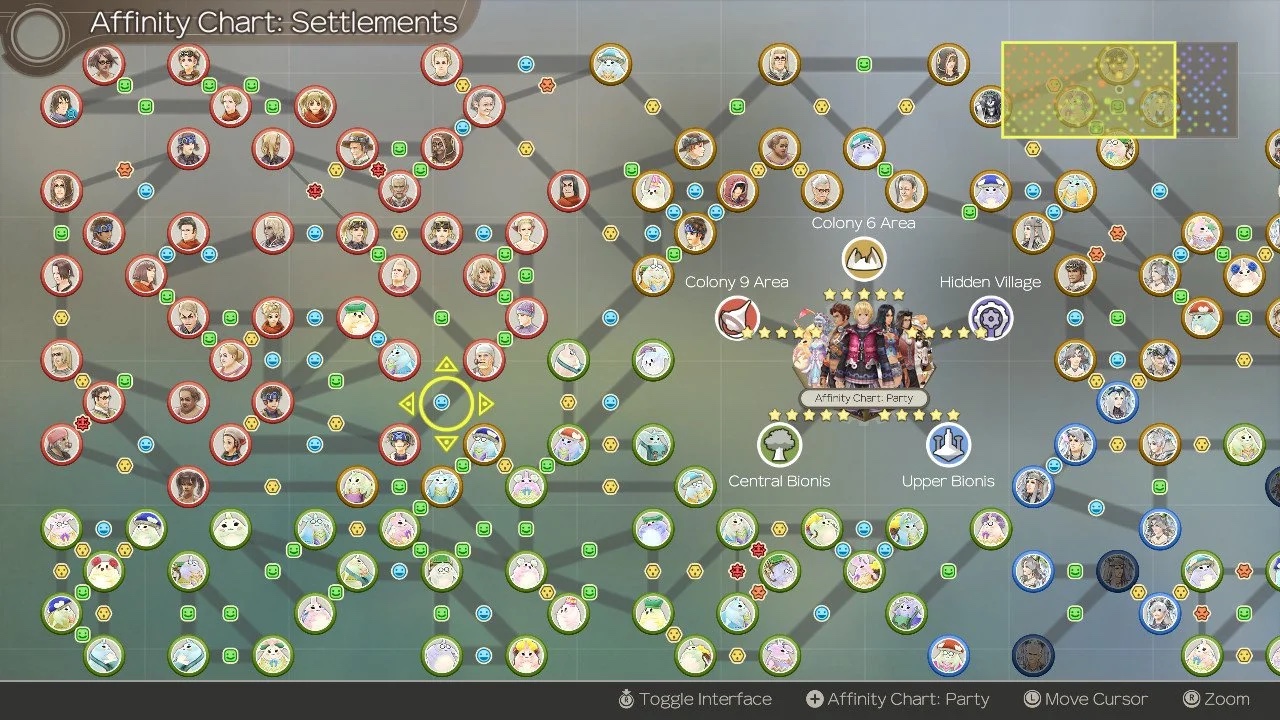
A glimpse into the face of madness.
XC1 in particular also has a really tedious system of building affinities between party members to unlock little side conversations called “heart-to-hearts.” While the conversations are nice flavour, I feel like they shouldn’t have been locked behind this system. Even when playing through the whole game, party members who fought side-by-side the whole time barely liked each other, and the only other way you have to increase their affinity is directing them to give gifts to each other, which give so little affinity that it feels completely absurd to grind through it. Later games have the affinity system still, but thankfully did away with this particular side content and the gifting system.
XC3 fixes the side quests to a degree, but I’ll talk about that later.
Xenoblade Chronicles 2 (redux)
I gave the second game another chance after I completed the first. I still didn’t like Rex any better, but I powered through it by just enjoying the moments with other characters and the overall story. Once I got further into the story this time, Rex actually started to develop a little bit and became a little less of a prat, which helped my enjoyment of the game. That said, he is still my least favourite character in the entirety of all 4 games.
I also got far enough to realize the purpose of the common Blades. One form of side content in this particular game are little mercenary jobs you can send off your extra Blades to go do. Basically you put together a part of them that meet some requirements for the quest (thus why you need a huge stable to choose from), and then wait anywhere from 5 minutes to several hours for it to complete. I probably wouldn’t have been any more compelled to do this side content than the stuff I previously mentioned, except that some of the character skill tree progression and Blade side stories are locked behind this system. It was largely inoffensive, but it felt like it only existed to justify handing the character lots of common loot from the Blade gacha system.
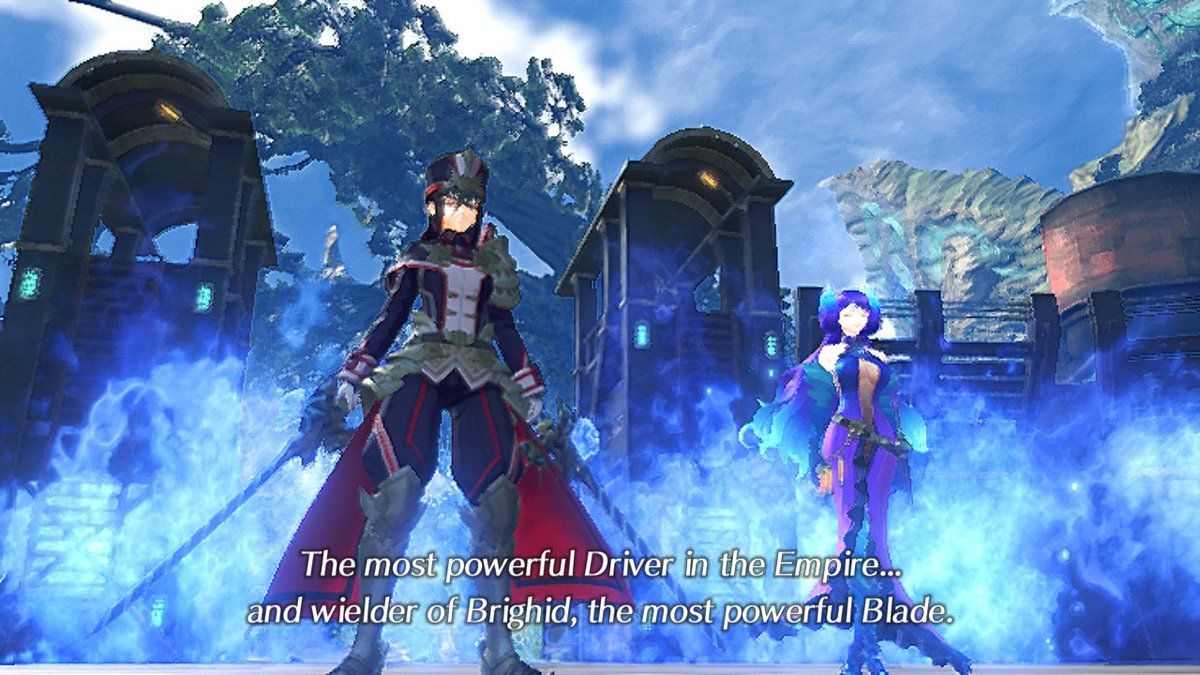
After completing both this game and XC1, one thing I really appreciated was how these two stories fit together. They’re not so intertwined that you won’t appreciate one without having played the other (and you certainly won’t be lost in a sea of references to the first game), but if you have played both, you’re understanding of both stories is enriched. It was a subtle touch that felt really good after having played the first Xenoblade Chronicles. Torna also played a similar role, where it wasn’t necessary to play it to understand the story of Xenoblade Chronicles 2, or vice versa, but it helped add more colour to the overall experience. That’s a pretty hard line to walk when you’re creating multiple games in the same universe, and I absolutely appreciate how the writers handled it.
Xenbolade Chronicles 3
Once again, XC3 tells a completely separate story from the other games, while still featuring many of the themes and tropes of the series. I was really excited to start the third entry after completing the previous games, and thankfully it did not disappoint. I will admit, however, that at this point I pretty much gave up on ever learning the depth of the combat system. Fifteen hours in, it was still tutorializing me on new combat systems that it unlocked, and I do not have time for that. I made peace with playing on Easy difficulty so I could largely ignore the nuances of the combat.
One of the more interesting decisions in this third entry is that you can have seven (7!) total party members on the field at once, rather than having to constantly decide between just three. Six of them are permanent, while the seventh is a rotating slot where you can choose between various NPCs to join you that you recruit throughout the main story and through side quests (in certain instances, you’ll be forced to put a specific person in that slot but it was never annoying and made sense). I was simultaneously relieved that I could use all party members equally, while also being impressed technically—how did they get seven playable characters and a bunch of monsters all fighting at once in these giant open environments? Monolithsoft continues to amaze.
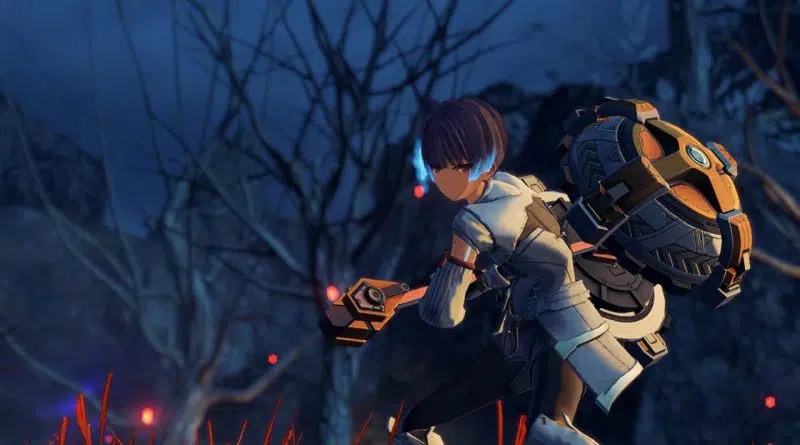
I also really loved all of the characters. Noah and Mio are amazing as dual protagonists, and even all the other party members get plenty of time to shine throughout in both the main story and side stories. Well, all except my poor girl Sena. I kept hoping to learn more about her, but most of her cutscenes are flashbacks that seem to center more on Mio than her. Finally when you get to do her side story quest, for some bizarre reason it focuses on two NPCs with Sena just watching things unfold. I don’t know what happened there, as all the other party members got so many more better moments.
XC3 feels the least connected of the games. While there are a couple character cameos and nods to the previous entries, it mostly comes across as fan-service. I don’t really feel like knowing anything about the previous titles enriched this game except for a couple completely minor moments. I was really hoping to get that same feeling from the other three games, where completing this one would help me gain a better understanding of the Xenoblade universe, but it largely stands alone. The ending is a bit more bittersweet than the others as well, and I wasn’t quite certain if it was sequel-baiting or not.
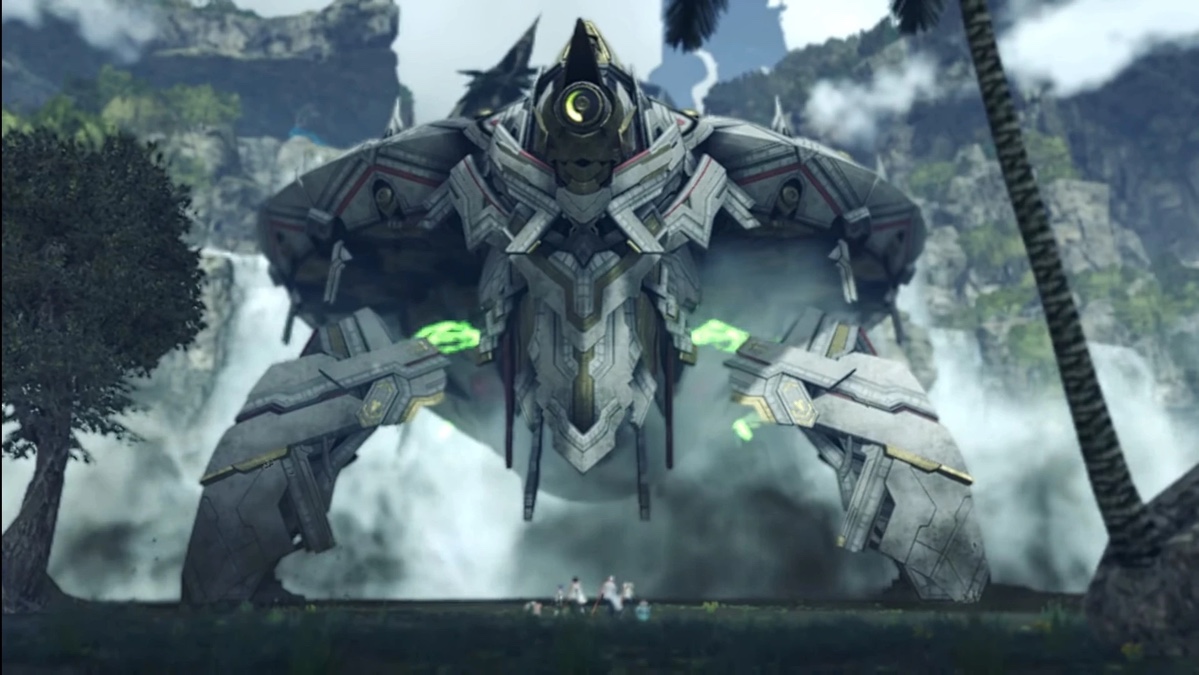
On the positive side, this game was the first in the series that made me really care about the side quests. During the course of the story, you’ll liberate a couple “colonies” (more like military encampments) from an oppressive regime, leaving them alone and vulnerable. You immediately feel that sense of ownership, since it was your choice and actions that resulted in their predicament. You can also liberate more of them through side quests that are completely optional, but this time I felt motivated to actually go and seek them out. Additionally, the quests that you do to help these colonies get back on their feet feel a lot more personal and have a lot more care in the writing, so they don’t all feel like pointless fetch quests. (There’s still a few stinkers of course, but they were the exception rather than the norm this time.)
That said, after I got close to the 90 hour mark, I finally did just press on because there was just a bit too much side content. This game feels almost like a single-player MMO, where every corner of the incredibly huge map is just crammed with points of interest, quests, and challenges. I have a feeling I could have easily doubled my time played in this game.
Another positive point I’d like to call out for XC3 is the class system. For the first time, you can switch the classes/weapon types that your characters use to whatever you want. They’ll start out with their initial classes, but throughout the game you’ll gather more by recruiting the previous party-NPCs that I mentioned, which was another great incentive to do side content. This really felt like great customization and allowed me to set up the party to my liking. I imagine this adds a lot to replayability as well, since there’s enough classes you can keep yourself entertainined for quite some time if you like to explore all those combinations.
The future?
While the Xenoblade Chronicles series didn’t dethrone any of my all-time favourite JRPGs, I certainly rank these games really high and enjoyed the hundreds of hours I spent with them. Personally I think XC1 and XC3 are the strongest entries, though XC2 and Torna are quite rewarding playthroughs as well. I also love that you can start with whichever title interests you the most. Even if you just want to pick up and play the latest and greatest without touching any of the others, you won’t be lost.
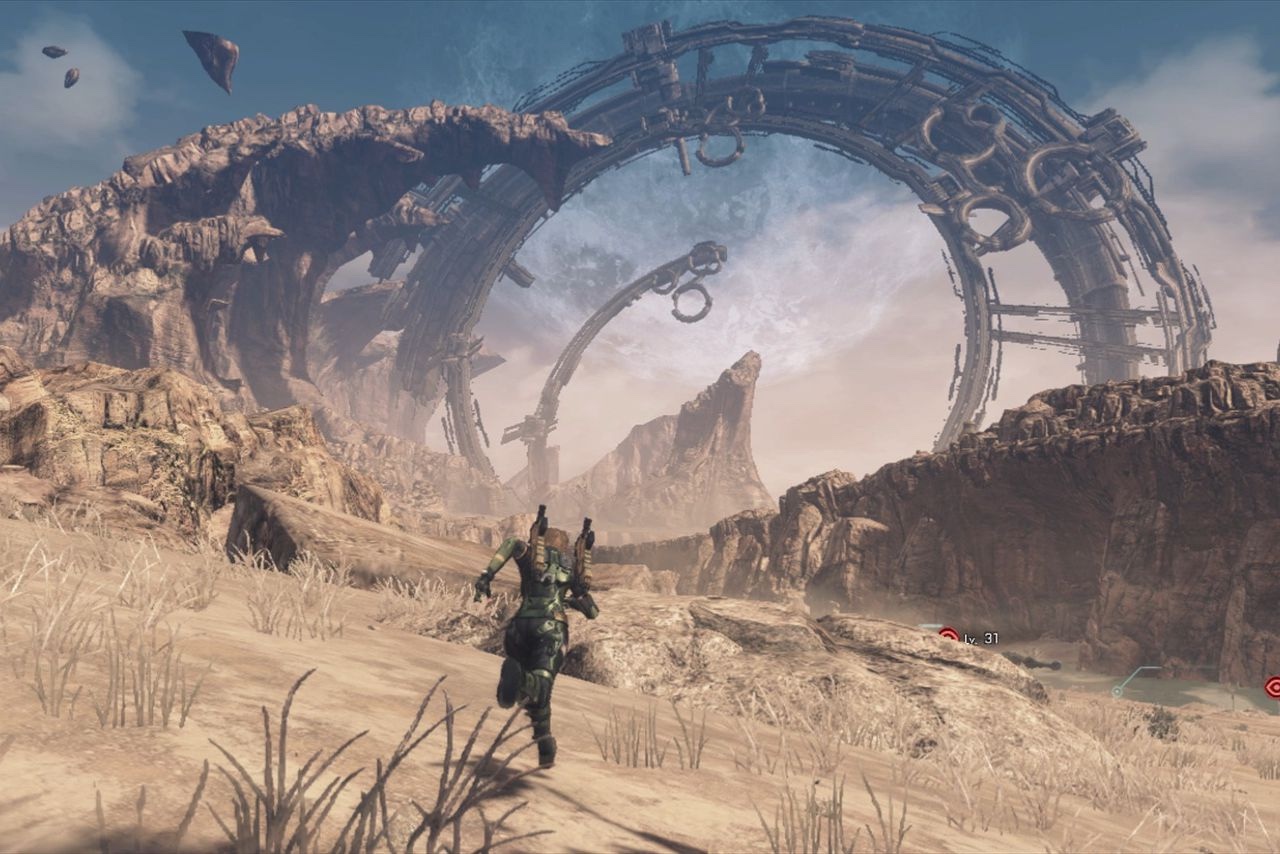
I’m curious if Monolithsoft will do a fourth installment. While I would certainly welcome it, I think I’d also love to see what new things they can come up with. I’d also love it if Xenoblade Chronicles X got a Switch port, since I’ve never played that one.